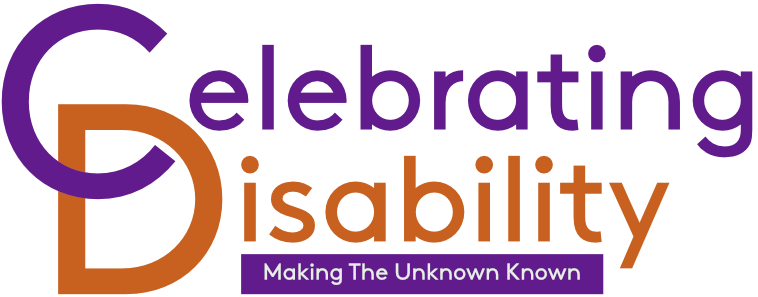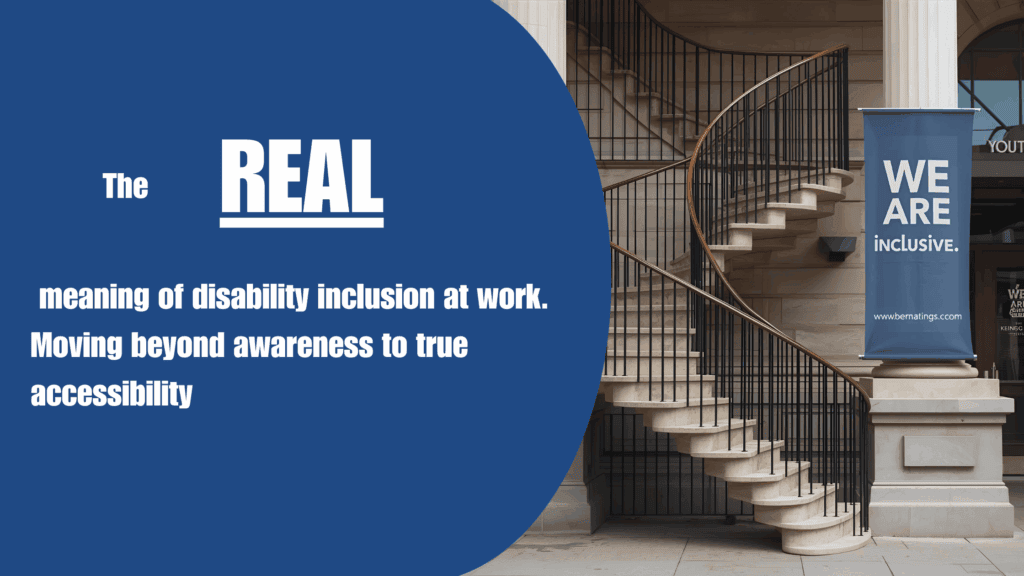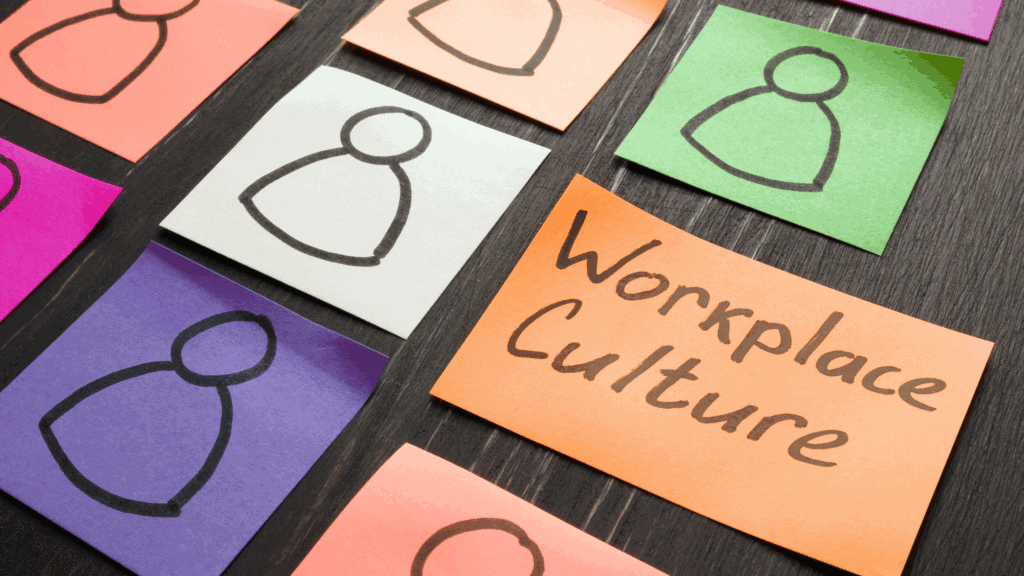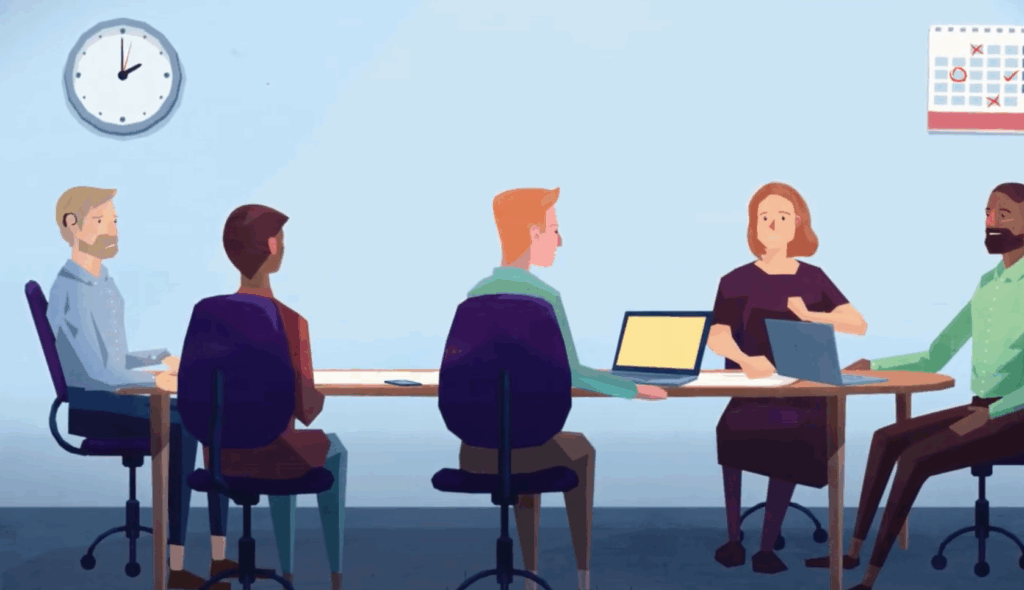Every year, we observe Disability Awareness Day (26th July), Disability History Month (14th November to 20thDecember), Disability Pride Month (throughout July), Inclusion Week (15th to 21st September), and International Day of Persons with Disabilities (3rd December). How are we all reflecting on what these events truly represent? And thus, are we reducing the risk of these being just for the sake of events?
When planning your workplace disability awareness day, it can be difficult to consider what to do. We work with many organisations that, amongst their disability awareness month celebrations, have many events. These can include talks, lunches, and network inaugurations. We have been part of many of these events! And they are always great. The most successful are the ones where the workplace considers why it is celebrating the day, month, or week.
Engagement numbers depend on the time taken to consider and plan the event. I’ve hosted events with over 100 participants, and stayed to answer questions after the event had ended.
I have also been a guest speaker at events where 15 people attended, and there were no questions.
Celebrating Disability talks often explore topics in sufficient detail, sometimes eliminating the need for additional questions. When the invitation is too close to the event, participants do not have time to consider what they will learn.
Understanding what you aim to achieve.
Understanding what you want to achieve from your disability awareness day event is key to its success. It’s a good opportunity to champion and celebrate disability. It can be a quick win if you’re unsure what to do that specific month. However, when you truly take the time to consider the benefits of having this event, you can come up with something that reflects what you are trying to articulate to participants.
The most successful events can be hosted during a disability awareness month or outside of that time. The key to success is always when the person hosting the event understands what their goal is. When they understand this, this can translate into a higher turnout on the day. Along with higher levels of engagement and participation throughout the event. Lastly, actionable takeaways that can be implemented back into the workplace.
When hosting a talk with an external guest speaker, most organisations invite the whole workforce. This means people from every department and a diverse range of roles will be attending. This is great because it outlines and demonstrates that disability inclusion is everyone’s business. In order to engage such a diverse range of people and interests, it is important to develop content that is relevant to everyone. This keeps all participants engaged and ensures the ability to action ideas that are raised within the talk.
Ensure disability awareness remains a priority
Disability awareness days, disability awareness months, and disability awareness weeks are great for having a central focus to bring everything together. However, if a disability awareness event is only put on because the month has arrived, this will not achieve any disability inclusion goals.
Disability awareness and inclusion in the workplace must remain a priority 365 days; 12 months a year. Disabled people are not going anywhere. The easiest way to articulate this to your participants, members of your disability network, your disabled customers, and your workforce is to have this central event as part of a wider focus and effort to develop your disability inclusive culture.
For example, if you are hosting a disability awareness event to celebrate the International Day of Persons with Disabilities, this could be the centre point of everything you have been working towards so far that year. It can be an opportunity to celebrate your successes and to understand from your workforce what work still needs to be done.
When my associates and I are invited into a workplace as guest speakers, we use interactive tools such as Slido. This enables us to understand the engagement levels of the participants as we deliver the talk. It also enables the organisation we are being hosted by to understand how engaged its workforce is and what they think of its inclusive culture.
Doing this also helps you align your goals with what is genuinely needed. It can help you set them for the year ahead and support you when presenting that all-important business case to HR, EDI, or learning and development for your budget for the upcoming year.
Using your disability awareness month event to articulate how much you value disabled employees and colleagues
If you are starting your disability inclusion journey or just setting up your first disability inclusion network, this is a great opportunity to articulate how much you value disabled employees and colleagues. It will be imperative that you continue this narrative by hosting events and implementing solutions for a disability inclusive workplace. You can do this by actioning suggested solutions that come from your disability guest speaker and the participants who are attending your events.
Tips to consider when planning your event for disability awareness week
To end, here is a summary of the four tips I would give when planning your disability awareness week event. These should enable you to host a successful event that will engage participants now and into the future.
Consider your reasons for the event.
It’s fine to put on an event for the sake of an event. If you take the time to consider your reasons for putting on the event and what you plan to achieve as a result, this can mean a higher turnout, more engagement, and an opportunity to work towards some of your pre-existing goals.
Align pre-existing goals.
Many of our clients who come to us for disability awareness day events are leaders of the disability networks or ERGs within their companies. Often, these networks have pre-existing goals that they are trying to achieve within the year. Considering what you want to achieve with your disability awareness month event will help you match and achieve some of these annual goals.
Book in advance.
So many organisations call Celebrating Disability weeks before they want to do the event. This necessitates a rush job. It does not give enough time for any real planning to ensure goals can be met. Invitations have to be rushed, meaning that many employees do not get a chance to attend because their calendars are already booked up.
The further in advance you can book the event, the more time we will have to work with you to put on an event that truly hits.
Research the theme.
Some disability awareness months have campaigns that focus on a specific theme. This is especially true of Disability History Month, which has a different theme each year.
Research this theme to see if it coincides with your goals. If you haven’t already set them, this could be a good opportunity for some inspiration.
What’s next? Let’s plan it.
Disability awareness months can be powerful starting points, but inclusion doesn’t stop when the calendar page turns. The best way to keep the momentum going is by setting intentional, achievable goals.
Head to our resources section to download tools to help shape your next steps. Or get in touch if you’d like to talk through your next event, training, or strategy. Planning now means you’ll be ready and impactful when the time comes.




